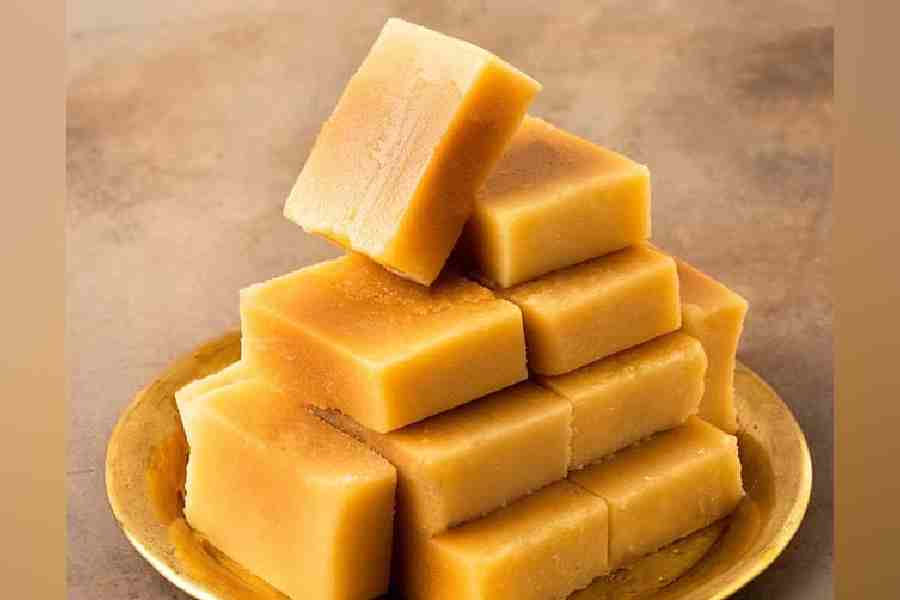 |
Way back in the mid-1550s, Spanish settlers took vines to Chile and other parts of South America from Spain. These vines were mainly used to make wine for religious purposes. Italian and French migrants also took grape vine cuttings with them. Since then, over the centuries, Chilean vineyards have suffered from many destructive forces: the native Indians pillaged the land and the country has suffered two major earthquakes, the latest of which was just a few weeks ago.
But the land is quite resilient and the wine industry is still flourishing. Among the vines that survived were those brought by French settlers from Bordeaux. These included varieties well known to us today: Cabernet Sauvignon and Merlot as well as one that we are becoming increasingly familiar with in India: Carmenère.
It comes as a bit of a surprise to some wine drinkers that Carmenère is a Bordeaux varietal. It is still permitted in any red wine produced in Bordeaux that wishes to use a Bordeaux appellation. In fact, Château Clerc Milon from Pauillac admits to its presence in their red blend and it is said to have established the reputations of Châteaux Cos d’Estournel, Latour, Lafite-Rothschild, Mouton-Rothschild and Margaux.
When European vineyards were replanted in the late 1890s and the early part of the 20 th century because of devastation caused by the vine root disease phylloxera, growers could not (or rather would not) replant Carmenère as it was much more difficult to grow than other grape varieties common to Bordeaux. Carmenère is particularly susceptible to the fungal disease and has a proclivity to vine nutrition diseases.
Also, the grape ripens very slowly. Carmenère requires more heat to ripen than the other varietals planted in Bordeaux. This may have caused Carmenère to fall out of favour. Any impatience with Carmenère (in other words, picking it too early) produces an unpleasant, unripe, stalky character (try to imagine chewing on a green branch of a tree).
Carmenère is not entirely like Merlot. Or Cabernet. It is something in between. While Carmenère has great depth of purple colour, a jammy-fruity-berry aroma and soft tannins — just like Merlot — it also features more complexity and earthiness, like Cabernet. Carmenère berries have a fairly high juice-to-skin ratio and tend to produce wines that are not as astringent as Cabernet Sauvignon.
Over the last century, Carmenère has established a new home in Chile. The country’s advantageous geography and climate for viticulture (elevated vineyards, intense sunshine, minimal rainfall during the growing season and phylloxera-proof soils) have meant that the grape variety has been able to strive.
For decades, the Chileans mistook Carmenère vines for Merlot and so up to about fifteen years ago, Chile had established a reputation for producing inconsistent Merlot that was sometimes under-ripe and ‘peppery’. The advent of DNA-testing brought about with it a realisation. In 1998, the Chilean Department of Agriculture officially recognised Carmenère as a distinct variety. Today, Carmenère grows chiefly in the Colchagua Valley, Rapel Valley and Maipo Province.
Armed with the knowledge of how to make good Carmenère (as opposed to ‘quirky’ Merlot), Chilean producers began producing some pretty impressive stuff. Elsewhere in the world, Carmenère is grown in North-Western Italy. Interestingly, the Italians also mistook the grape variety, but this time it was for Cabernet Franc. Australia, New Zealand and even parts of the United States now are growing miniscule amounts of Carmenère.
Three top Carmenères available in India today (all from Chile):
2007 Montes ‘Purple Angel’
A high end Carmenère and probably one of the best in India and the world. Ripe tannins, integrated spice, vanilla and red berries, with a long finish. Under Rs 6,000 on hotel lists.
2007 Anakena Reserve Carmenère
Great value at under Rs 1,500, this wine has ripe fruity aromas and a hint of fresh berries, a dash of menthol and autumn leaves.
2008 Santa Rita ‘Gran Hacienda’ Carmenère
Another good-value proposition that has a wonderful purple hue to its appearance. On the nose, this wine has loads of fresh raspberries with a hint of brown spice. A full-bodied wine with chalky tannins and a long finish. Under Rs 1,500.










